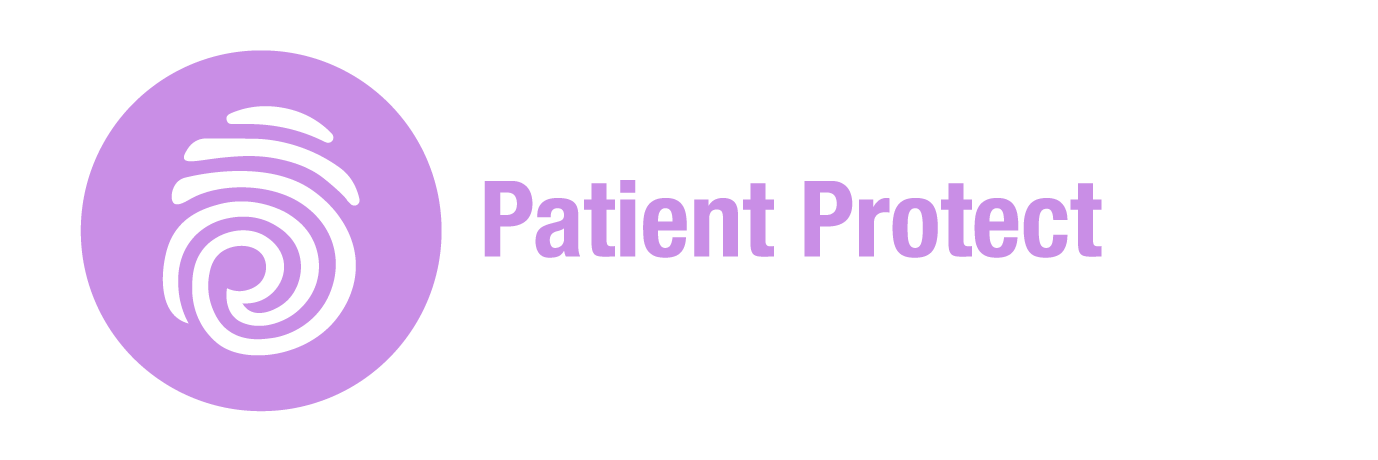Why Healthcare Cybersecurity Should Matter to Every Patient in 2025
- Patient Protect Editorial Team

- Apr 7
- 3 min read
Updated: Apr 26
In a hyperconnected world, security breaches aren’t rare — they’re expected. From multinational corporations to government infrastructure, cybercriminals are exploiting every weakness they can find. But one sector has become a particularly lucrative target: healthcare.

Last year alone, over 275 million patient records were exposed through healthcare data breaches. That’s more than 750,000 every single day. And the scale of the attacks is only growing — the Change Healthcare breach impacted nearly 190 million individuals, disrupting providers nationwide and exposing deeply personal health information.
Yet for many patients, the threat still feels abstract. Until it isn’t.
Why Do Hackers Want Your Health Information?
Electronic Protected Health Information (ePHI) is more than just your name and birthdate. It includes:
Diagnosis history
Insurance information
Prescription data
Social Security numbers
Contact and billing details
This data is highly valuable to cybercriminals — often selling for 10 to 20 times more than credit card numbers on the black market. It can be used for:
Medical identity theft
Insurance fraud
Fake claims or prescriptions
Blackmail or extortion
Gaining access to other accounts (like financial services)
Unlike a credit card, you can't "cancel" your medical history.
What’s Driving the Rise in Healthcare Attacks?
Cybercrime is expected to cost the world $10.5 trillion annually by 2025. Healthcare is uniquely vulnerable because of:
Outdated or unpatched technology
Large networks of third-party vendors
Pressured IT teams with limited security resources
The high value of ePHI for resale and exploitation
Recent ransomware trends show that attackers aren’t just encrypting data — they’re stealing it and threatening to release it publicly if payments aren’t made. That’s a game-changing level of risk.
What This Means for Patients
Most patients assume their doctor, therapist, or clinic has “cybersecurity covered.” But in many cases, that’s simply not true. Even well-meaning providers may not be fully compliant with HIPAA’s evolving security standards — or may lack the tools to identify threats before it’s too late.
As a patient, you have every right to ask:
What are you doing to protect my information?
Have you conducted a recent Security Risk Assessment?
Are you using secure, HIPAA-compliant platforms?
How do you train your staff to prevent breaches?
Healthcare You Can Trust Starts With Security
At Patient Protect, we believe every provider — no matter their size — should be able to deliver care without compromising security. That’s why we built a modern, security-first HIPAA compliance platform tailored for today’s digital healthcare environment.
We help healthcare providers:
Perform dynamic Security Risk Assessments
Implement industry-leading security controls
Train staff on real-world cybersecurity threats
Go beyond compliance to truly protect patient data
Because trust isn’t just about bedside manner — it’s about knowing your information is safe behind the scenes, too.
The Bottom Line
Cybersecurity in healthcare isn’t just a provider problem — it’s a patient safety issue.
When your records are exposed, your identity, your finances, and your future well-being are all at risk. That’s why it’s essential to work with providers who treat data protection as part of their care.
If you're a healthcare provider, it’s time to step up. And if you’re a patient, it’s time to speak up.
Let’s build a healthcare system where security is standard — not an afterthought.
Learn how Patient Protect helps secure providers and safeguard patient trust →
Want to learn more about HIPAA compliance? Read our blog here.

